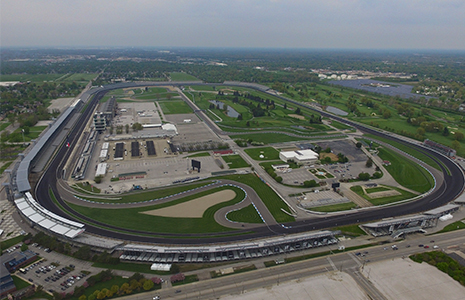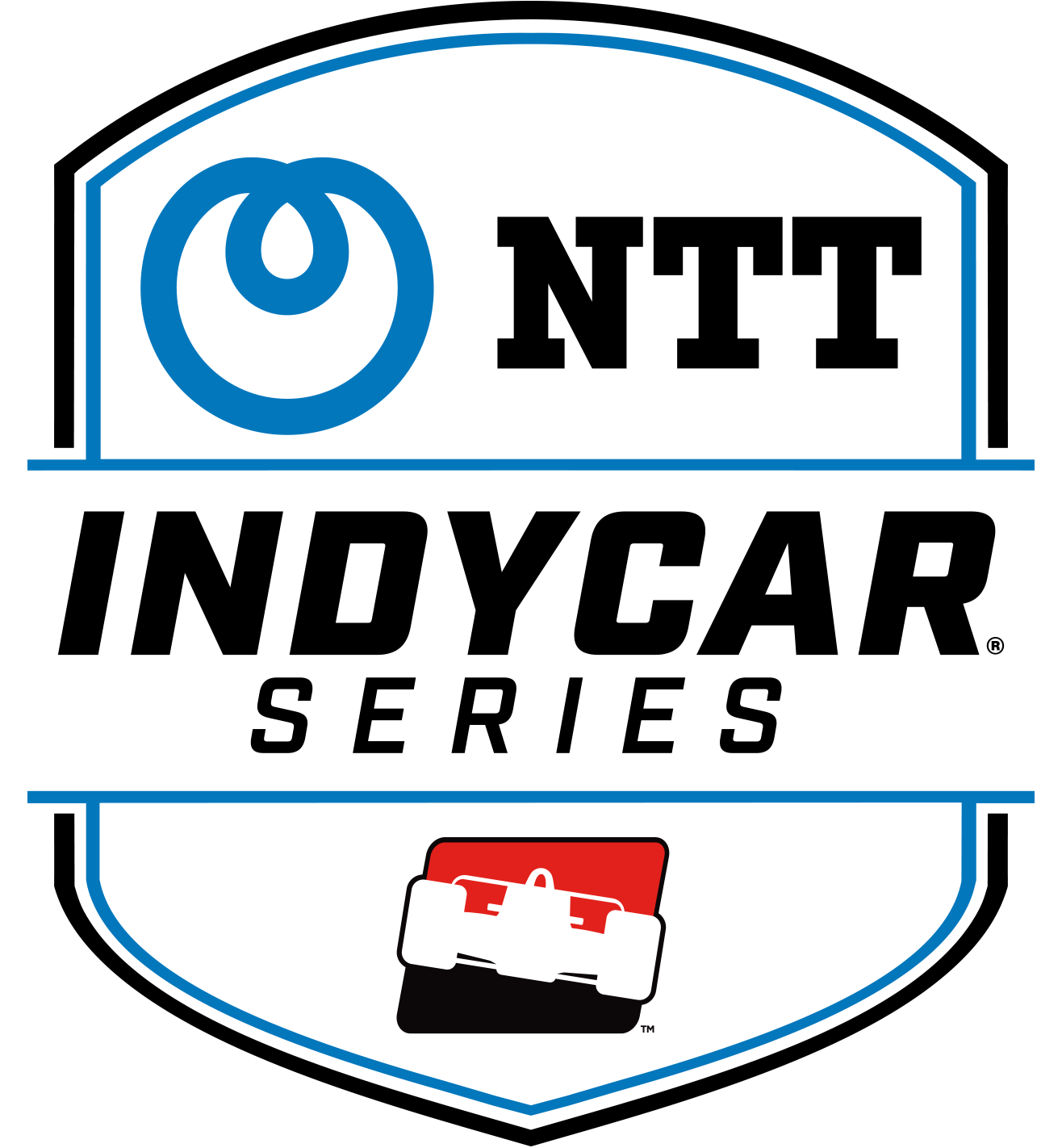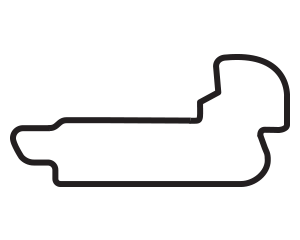Transition from road course to oval keeps many busy at Indy
MAY 14, 2019
INDIANAPOLIS – The air remained cool and heavy Monday morning at Indianapolis Motor Speedway, as if the roostertails off Simon Pagenaud’s INDYCAR Grand Prix victory still hadn’t quite settled. And the sprawling facility itself lay mostly silent, outside a couple of honking Canada geese at the entry to pit road and the hum of a tour bus idling down the main straight.
The serenity didn’t mean there was no activity.
While the track remained empty of race cars and still damp from weekend rain, there was plenty of activity within as race teams, speedway workers and others connected with the NTT IndyCar Series prepared for Tuesday’s first practice for the 103rd Indianapolis 500 presented by Gainbridge.
In Gasoline Alley, mechanics put the final touches on cars set up in speedway trim while others cleaned and put away the road-course cars from the weekend, keeping them as Indy 500 backups and hoping they’ll never be needed. Along pit road, others set up pit stalls for traffic that will approach from the right, out of turn 4 of the oval, instead of the clockwise direction of the grand prix.
And around the facility, about three dozen workers completed a well-orchestrated track transformation from the 2.439-mile road course to the 2.5-mile oval.
It’s no small feat on anyone’s part.
“It’s a lot of moving pieces, a lot of people and a lot of equipment that I don’t think people see when they’re watching the road course event or they’re watching the oval,” said Doug Boles, IMS president.
Concrete retaining walls and tire barriers had to be moved, catch fencing taken down in some areas and put up in others, painted lines pressure-washed away in the road-course setup and re-applied for the oval. Walls were opened up to allow Hulman Blvd., the backstraight on the road course, to become a major thoroughfare for spectators and other infield traffic during Indy 500 practice, qualifying and race days. Advertising signage was removed or replaced after the grand prix.
 “It’s concrete barriers, racetrack catch fencing and cabling that have to move,” Boles said. “There’s temporary curbing in the south short chute (between Turns 1 and 2 of the oval), there’s temporary curbing at the exit of turn 4 on the oval that has to come up. Those are massively heavy, anchored curbs that we have to get out of the racetrack. Brake markers have to come off the fencing. There are a whole bunch of components.
“It’s concrete barriers, racetrack catch fencing and cabling that have to move,” Boles said. “There’s temporary curbing in the south short chute (between Turns 1 and 2 of the oval), there’s temporary curbing at the exit of turn 4 on the oval that has to come up. Those are massively heavy, anchored curbs that we have to get out of the racetrack. Brake markers have to come off the fencing. There are a whole bunch of components.
“It’s a very coordinated event between IMS employees, union workers who come in as part of the outside company that we use to help us move things around and just an amazing amount of moving equipment, whether it’s cranes or flatbed trucks or forklifts. The neat thing is we’ve done it enough now that it almost works like clockwork. Everybody understands what their role is and we’re able to get it done.”
In Gasoline Alley, most race teams already had separate cars prepared in speedway trim for the oval, while cars that raced the INDYCAR Grand Prix were set aside for the next non-oval event, the Chevrolet Detroit Grand Prix presented by Lear doubleheader on June 1 and 2.
There’s a notable exception.
Team Penske’s Helio Castroneves will drive the same No. 3 Pennzoil Team Penske Chevrolet in the Indy 500 that he raced in the INDYCAR Grand Prix. The team began the conversion immediately after Saturday’s race and worked all day Monday to have it ready for Tuesday’s first oval practice.
“And that’s with about seven or eight guys working on it,” said Kyle Moyer, general manager at Team Penske. “A full car is a complete gearbox, uprights, front suspension, rear suspension. Pretty much the only thing that stayed in that car from what ran on Saturday is the motor. Even the driver’s seat has been changed to a different seat that he likes for ovals.”
Most teams keep their road-course chassis close in case a primary speedway car is crashed beyond repair.
Arrow Schmidt Peterson Motorsports, for example, kept one of its INDYCAR Grand Prix cars in the garage and scheduled time through the week for the crew to convert it to an oval setup. If a primary car has an incident, especially on qualifying day, the team will be able to install a Honda engine and bodywork that would allow for another qualifying attempt in a short period of time. If that car isn’t needed, it will be prepared for Detroit after qualifying.
AJ Foyt Racing put its road-course cars nearby in the transporter, ready to pull one back out if needed.
“If we need a complete tub, we’ll be able to make the conversion,” said team director George Klotz. “It would take close to all night. There are a lot of little things that separate an oval car from a road course car.”
The Meyer Shank Racing with Arrow SPM team put the final tweaks to Jack Harvey’s No. 60 AutoNation/SiriusXM Honda on Monday, a big difference from last year.
“We had this car prepped in December last year for the race, so we got way ahead of the curve for this year,” team co-owner Mike Shank said. “It’s not last-minute like last year. This car has been sitting more than it has been running. We’ll see if it pays off.”
NTT IndyCar Series officials must make the adjustment as well. Tools in tech inspection are different to measure such elements as superspeedway wings, and even items like the protective headrests are inspected carefully to be sure they’re safe and fall within aerodynamic specifications.
Drivers’ helmets get a close look as well, said Jeff Horton, INDYCAR’s director of engineering and safety.
“With the increased speeds, there’s potential to have buffeting on the helmet,” Horton said. “Speeds well over 200 (mph) can cause things to happen with the helmets, and manufacturers will apply wickers to create some downforce. We police those because there’s a limitation to where they can go on the helmet and how high they are. We always tell the drivers, especially the young ones, ‘If we see anything illegal, especially if we see it out in pit lane, the helmet is ours. Safety is above all. Don’t try to sneak stuff around us.’”
As the hours drew closer to Tuesday’s first Indy 500 practice, the conversion seemed nearly complete. Race cars that looked unfinished Monday morning sported the sleek superspeedway wings, barriers were back in place for oval-track running, and even the weather was making a transition.
Heavy clouds were lifting, the racing surface was dry, and everyone seemed ready to go fast again at Indy.






















